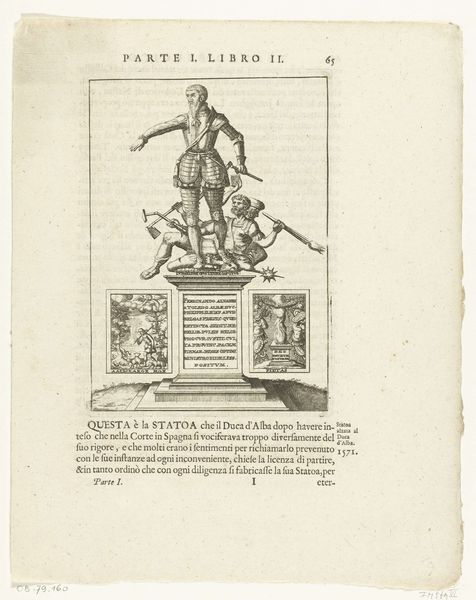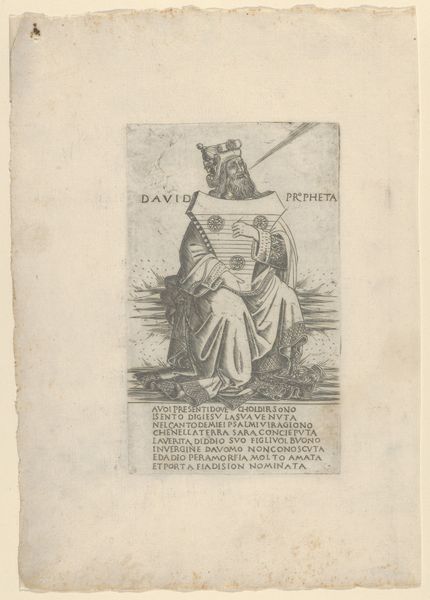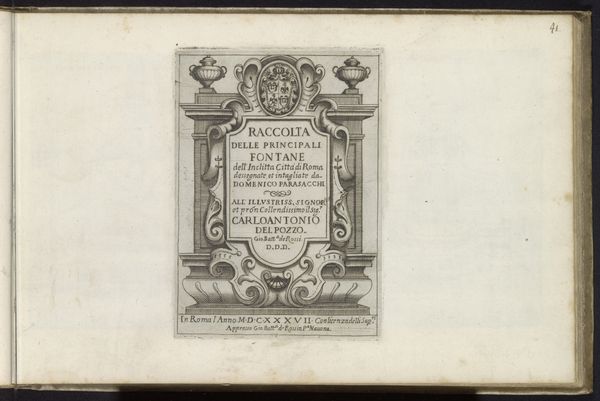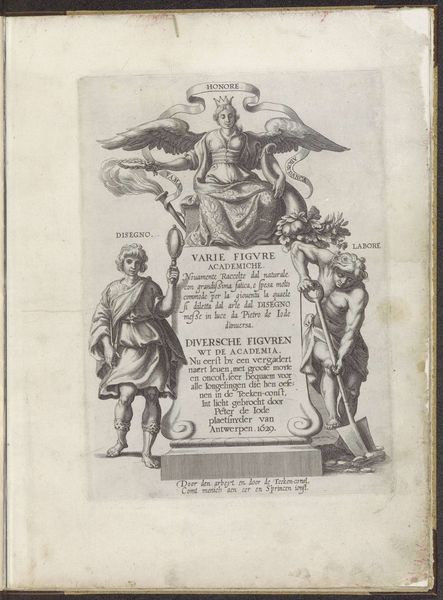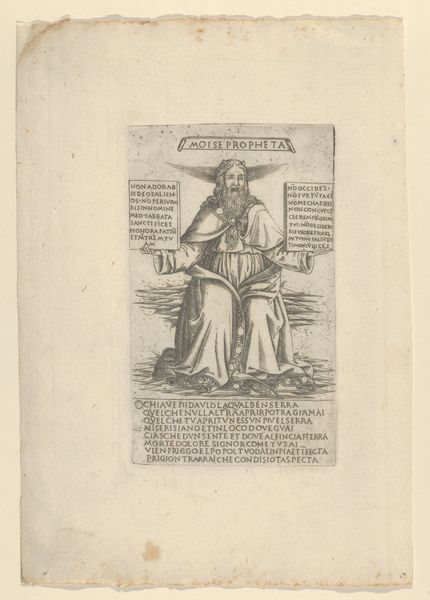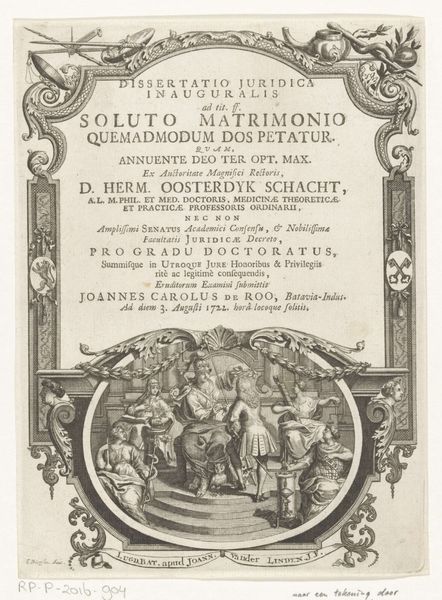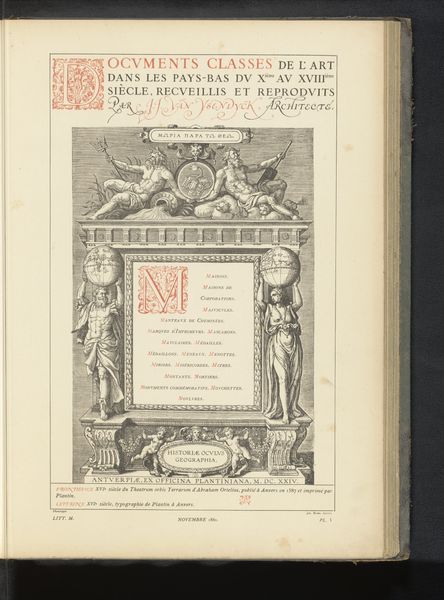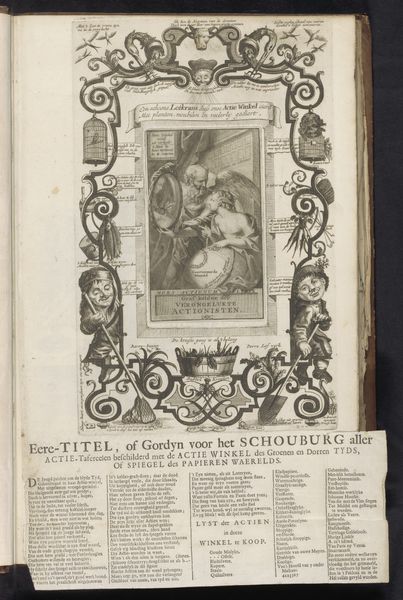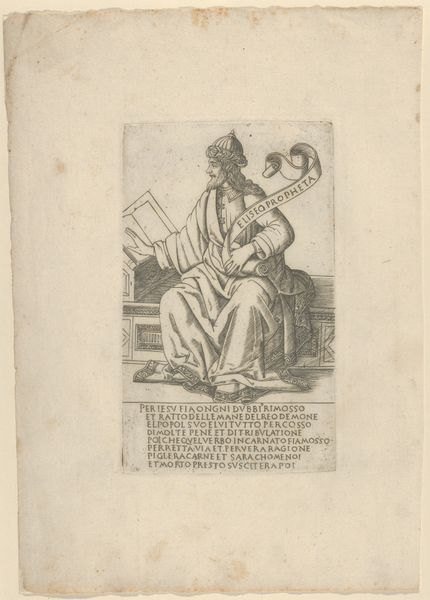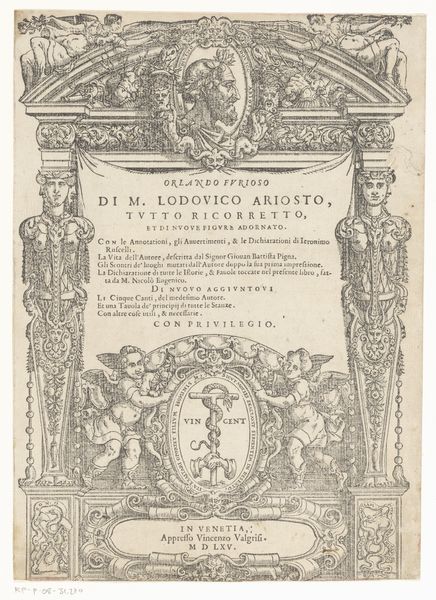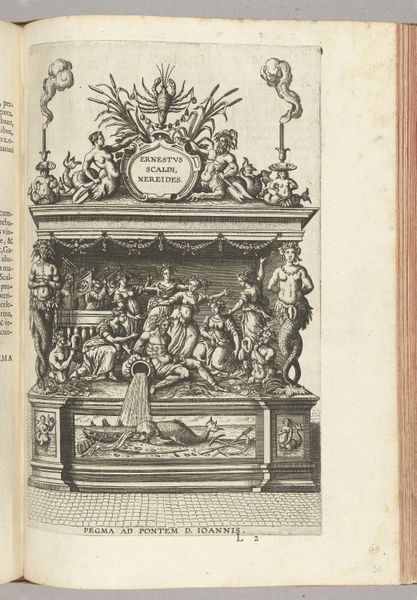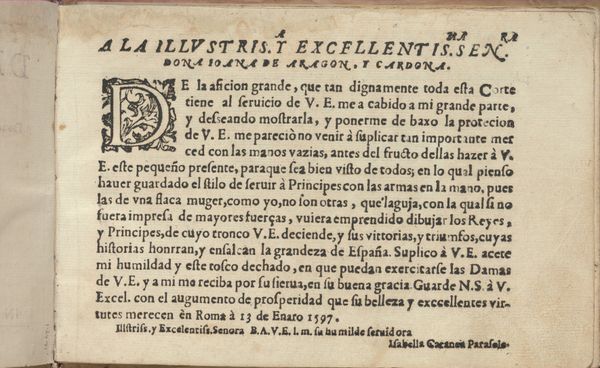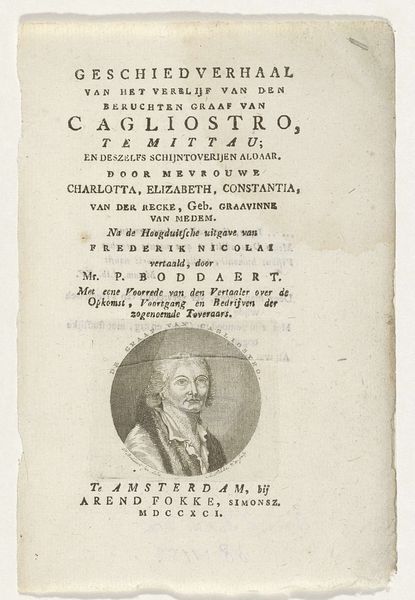
print, paper, engraving
#
portrait
#
neoclacissism
#
allegory
#
ink paper printed
#
parchment
# print
#
old engraving style
#
hand drawn type
#
classical-realism
#
figuration
#
paper
#
line
#
history-painting
#
engraving
Dimensions: height 89 mm, width 135 mm, height 258 mm, width 208 mm
Copyright: Rijks Museum: Open Domain
Editor: Here we have "Minerva met scepter en wapen van Utrecht," an engraving on paper made in 1773 by Barent de Bakker. It’s striking how the fine lines create a sense of depth. What stands out to you when you look at this print? Curator: As a materialist, I’m drawn to the production process. Engraving demanded a skilled artisan shaping metal to create the printing plate, a process deeply rooted in labor. Consider the social context. This print commemorates an academic achievement, positioning knowledge as a crafted product, not just an abstract ideal. Editor: So, you're saying that the very act of making the print reinforces a particular understanding of knowledge itself? Curator: Precisely! The materiality connects to a system of patronage and production. This wasn’t mass-produced; someone commissioned this to commemorate an event. How do the classical elements—Minerva, the Latin text—fit into this construction, and who was the printer, Abrahami van Paddenburg? Think of this as a manufactured item representing academic elite. Editor: That's interesting. It shifts my perspective from seeing just a symbolic representation to thinking about the material conditions that enabled its existence. Does the choice of engraving medium matter here? Curator: Absolutely. Engraving was associated with precision, intellectual rigor – qualities that the academic establishment wished to project. It's a claim on legitimacy made through careful choice of material and method. What do you think the paper communicates? Editor: Well, the paper suggests permanence, and the act of printing and distributing suggests dissemination of knowledge. I’ve never thought about that much that process that goes in a seemingly simple artwork, fascinating! Curator: Indeed, focusing on the materials, techniques and the social contexts really unlocks the meaning within artwork.
Comments
No comments
Be the first to comment and join the conversation on the ultimate creative platform.
